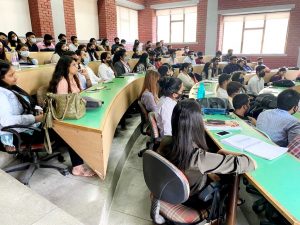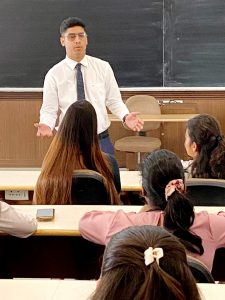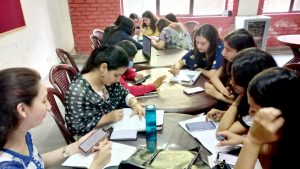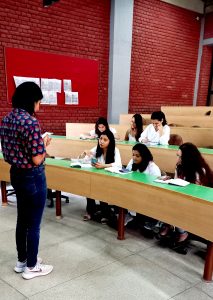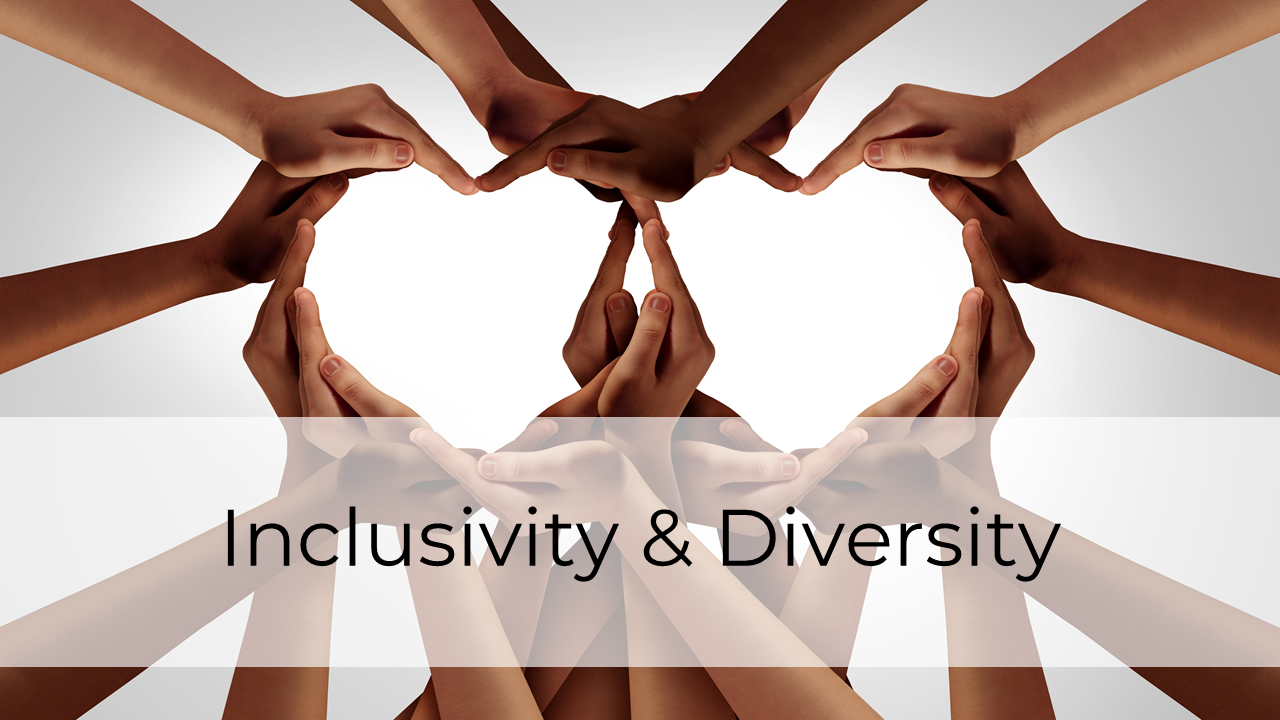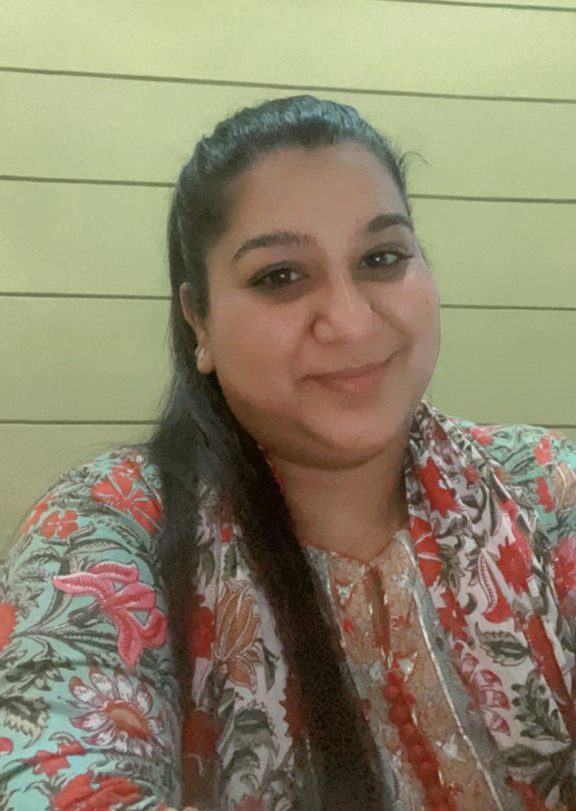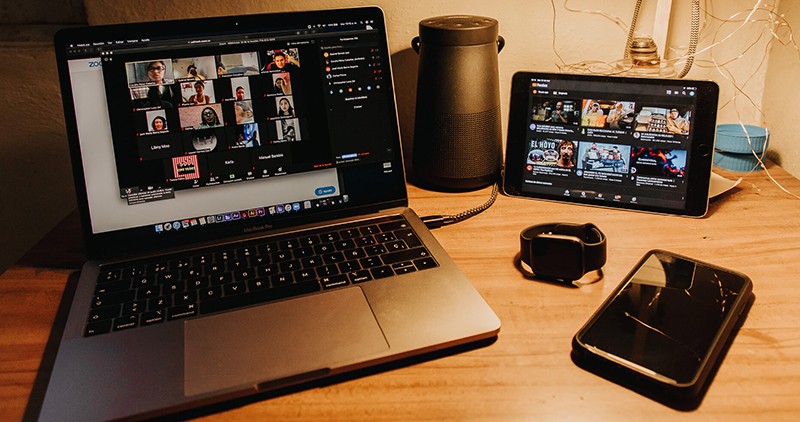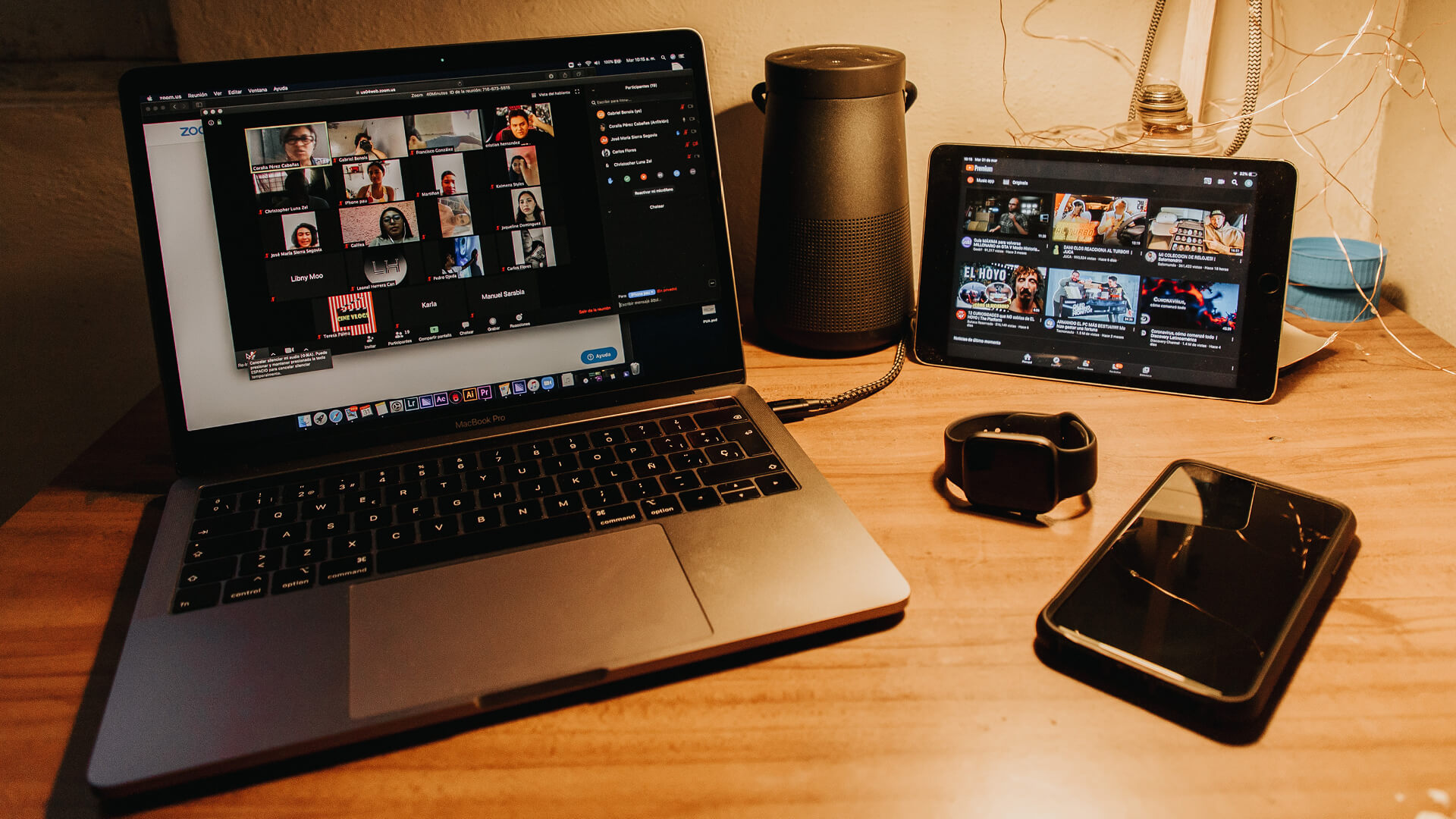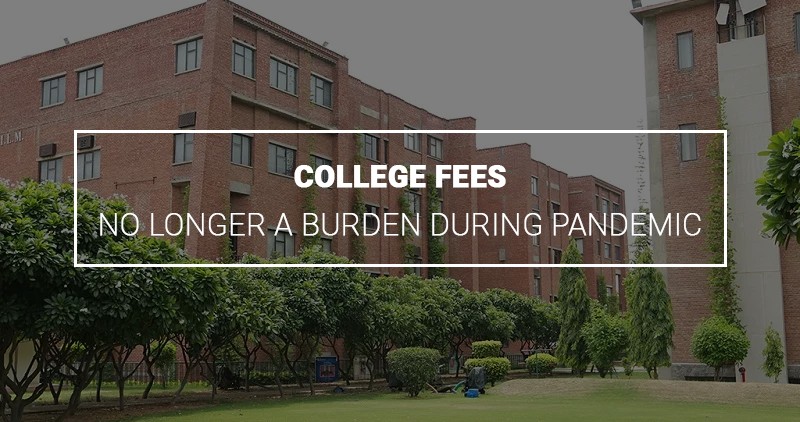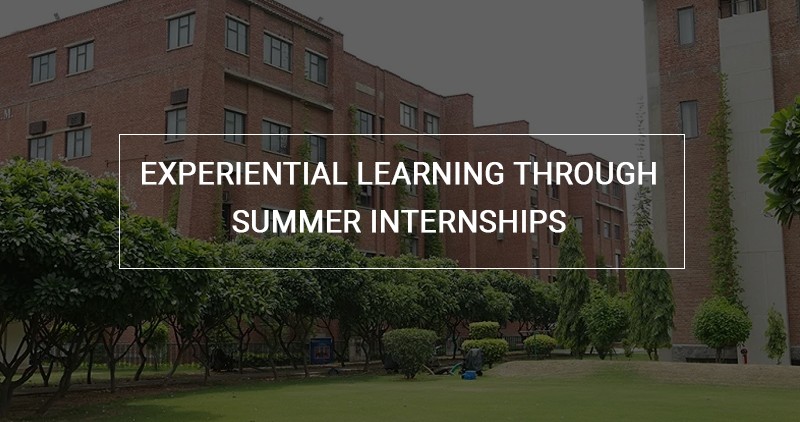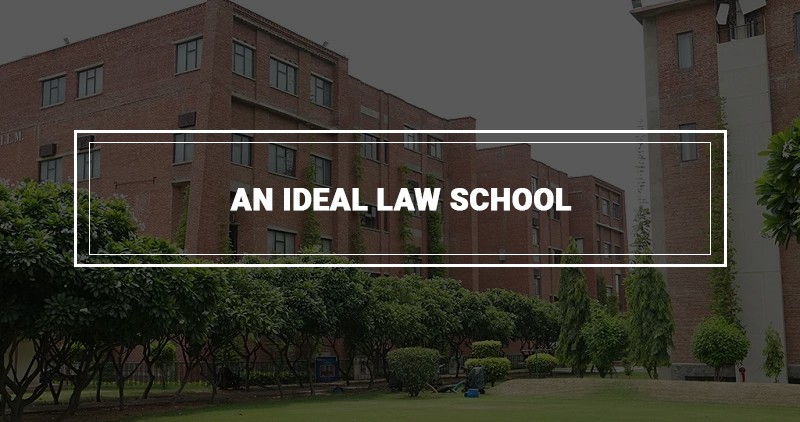Kamna Yadav
2nd June 2022/15 Minute Read
Movies, media, and storybooks have made us believe that “mere hero/heroin ayenge!” That ONE will be our whole world. We will spend our entire life with that LOVE of our LIFE. I would say our brains have been engrained with such thoughts where monogamy is the only form of love one can and should crave, which is also “our sweet little fairytale”. I am assuming that everyone will agree with me on this. If yes, let’s take a retake!
Do you think the idea of a soulmate is outdated or unrealistic? Do you believe that you may encounter many hero/heroines in your lifetime, or maybe an idea of having many others? Have you ever cherished numerous individuals at the same time? Maybe yes, maybe no, or maybe it is the morals that are speaking for us aloud “No, I can’t have multiple hero/heroines in my life”, “what will people think about me?”, “I can’t be a bad person to be in a relationship with many”.
Polyamorous relationships are a rejection of monogamous relationships. In other words, it is defined as a “liberal, genuine, capable, and moral way of thinking and practice of cherishing numerous individuals at the same time”. Is it getting confusing? Complicated? or in literal words, “Mere pairo tale zameen khisak gai?”
This concept has been alive for many centuries. Don’t you believe me? Let’s check some facts: What does it indicate when a celebrity comes out and says we are in an open relationship, a web series named XYX on OTT platform displaying non-monogamous relationships? According to a study at Kinsey Institute for Match.com, 68% of singles approve of polyamory and 6% practice it. Another research study showed 1.2 to 2.4 million people practice polyamory (Psychology Today). An article titled “Polyamory is a reality in Kolkata” published by Times of India narrated a real-life story of a couple who are in a non-monogamous relationship wherein they are married for 15 years, wants to be in their marriage and are in relationships with many others and still respects and love each other. This shows how common it is. Let’s understand what exactly it is in next section.
WHAT IS POLYAMORY?
According to Cambridge dictionary, “it is the practice of having romantic relationships with two or more people at the same time”, polyamory educators argue that the consent part is missing which has been correctly mentioned in Oxford’s definition, “the practice of engaging in multiple romantic relationships with the agreement of all the people involved”- indicating that people are aware of and agree to the relationship’s needs, emotions, and dynamics.
Individuals who distinguish as polyamorous may have confidence in an open relationship and conscious administration of envy and reject the view that romantic and social restrictiveness is essential for profound, long-lasting intimate relationships.
These individuals like to restrict their romantic relationships to just people from the specified group, a closed-knit polyamorous relationship. It has been described as an ethical, consensual non-monogamous relationship. Many polyamorists characterize loyalty not as romantic selectiveness but rather as dependability to the guarantees and arrangements made about a relationship.
Does it have types?
Yes, it does have few types as seen from the image shared below:
Besides the above-mentioned types, there are a few other forms of polyamory relationships like solo polyamory, kitchen table polyamory, polycule.
Is it just a romantic relationship?
It depends on the individual and the sort of relationship they want with their partners. Two different people will have different experiences in polyamory relationships.
Romantic dependency isn’t a chief factor in polyamory, and individuals who seek polyamorous relationships don’t take part in the over-the-top romantic movement. Some individuals who seek polyamorous relationships set boundaries such as defining the details of the relationship, time they spent with their partner, and other things to avoid any complications that might arise. A person who is in a polyamorous relationship must come to terms with their feelings, especially jealousy, which is very common to surface. Also, the constraints of society promote monogamous or single partner relationships. In the end, it depends upon the individual what kind of relationship they want.
Does it involve emotional connection, or it is the same as an open relationship?
Polyamory relationships do involve love and emotional connection with multiple partners, which makes them stand apart from open relationships. An individual feels emotionally inclined toward someone outside marriage or committed relationships and looks out for connection, and I would say they fall in love with that significant other. In open relationships, one or both the partners have romantic relationships outside the committed relationship, including marriage. It might or might not involve an emotional connection.
LITTLE KNOW FACTS
For many of us, it’s wrong, and for many, it’s acceptable. Dr Chauntelle Tibbals, a sociologist said, “Just because polyamory is unfamiliar doesn’t mean it’s wrong”. It might work for some, let’s learn about few little know facts about polyamory.
· It is more common than you believe
It can be observed from as early as Mahabharat, wherein Draupadi married five brothers, it was observed in practices of Raja and Maharajas. It is prevalent in the Kinnaur region of Himachal, Nilgiri hills in South India, Kerala, Uttarakhand, and is followed and practised by many tribes in India. Approximately more than 1.2 to 2.4 million individuals follow polyamory.
· Polyamorous are Committed
Being polyamorous doesn’t mean no-commitment. As quoted by Dr Clarke “There are individuals who face challenges in committing in general as well as few polyamorous do face few issues but most people he knows are in multiple committed relationships”.
· Polyamorous have different dealbreakers
Poly individuals do work out their dynamics and parameters within the relationships. They can develop agreements in each relationship wherein all the parties agree and are comfortable. The meaning of cheating would differ in different relationships.
· Consent and Communication are important
As it is crucial in a monogamous relationship, so does in a polygamous relationship. It is rooted in affirmative consent, and they communicate their needs and desires to make it a healthy relationship.
AM, I JUDGING POLYAMORIES?
Polyamory is a genuine expression of love towards your hero/heroines. It sounds as confusing and complicated as monogamous relationships. Every relationship has its own perks and volcanoes.
Let’s be mindful of being who we are. Polygamous or Monogamous?? Who are we?? We are human beings who, at times or I would say most of the time judge ourselves and others. The majority of individuals imagine polyamories as bad or indifferent. Ask yourself right away the following questions: What do I think about them? Do they really exist in our society? Are they committing a crime?
Over here, I would like to ask you whether we are projecting our feelings, understanding of love, and relationships on them? If yes, I would suggest you kindly do not end up projecting your understanding and feelings onto them. Is it fair enough if someone else does the same with you? What if they judge you for who you are? I suppose that we would feel bad and would not like it at all. Therefore, I request every one to be mindful of your thoughts regarding others. Accept them the way they are MONOGAMOUS or POLYGAMOUS. It doesn’t matter who we are, what matters is LOVE and CONNECTION with significant others.
Feel free and connect on kamna.yadav@iilm.edu


 Adopt a Furry friend, don’t know about you but, my dog Raja was one of my strengths during my tough times, fostering him and getting greeted by him with those extra cuddles was so therapeutic.
Adopt a Furry friend, don’t know about you but, my dog Raja was one of my strengths during my tough times, fostering him and getting greeted by him with those extra cuddles was so therapeutic.